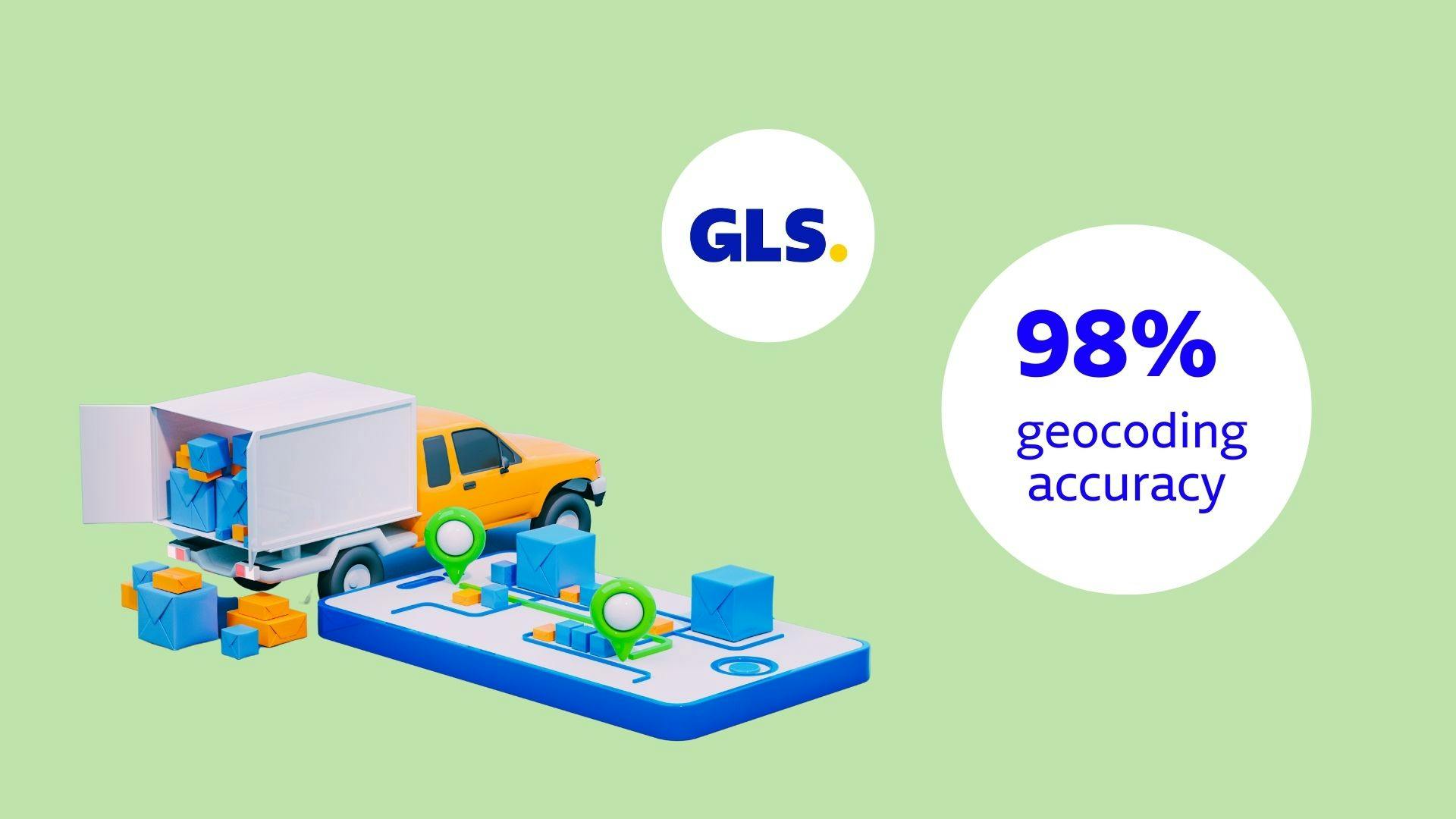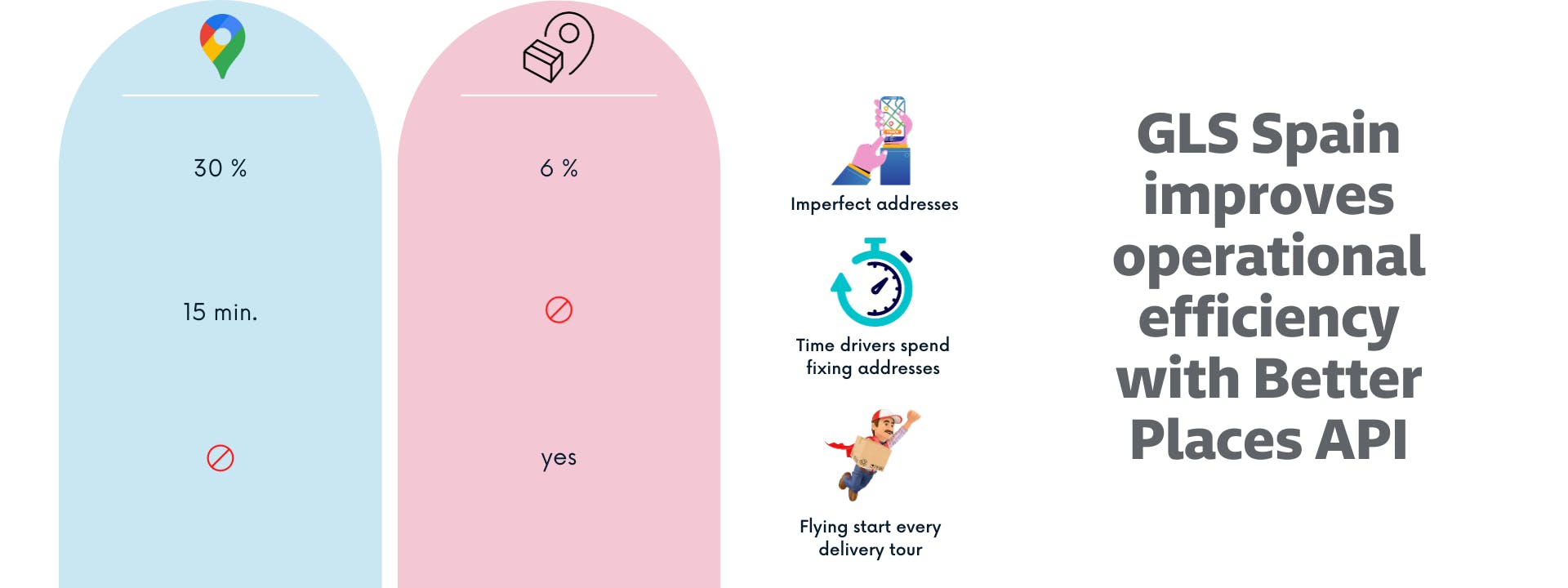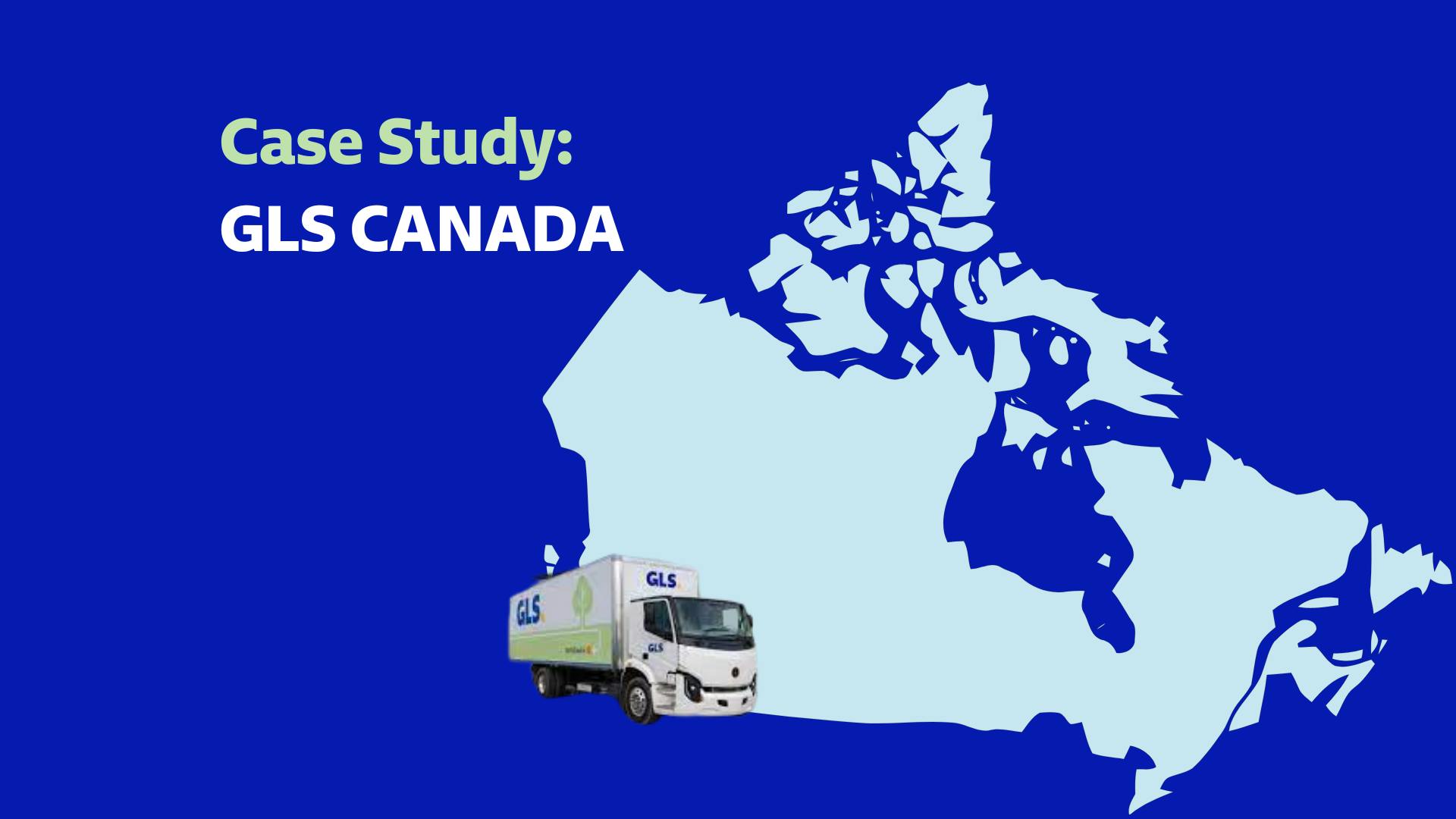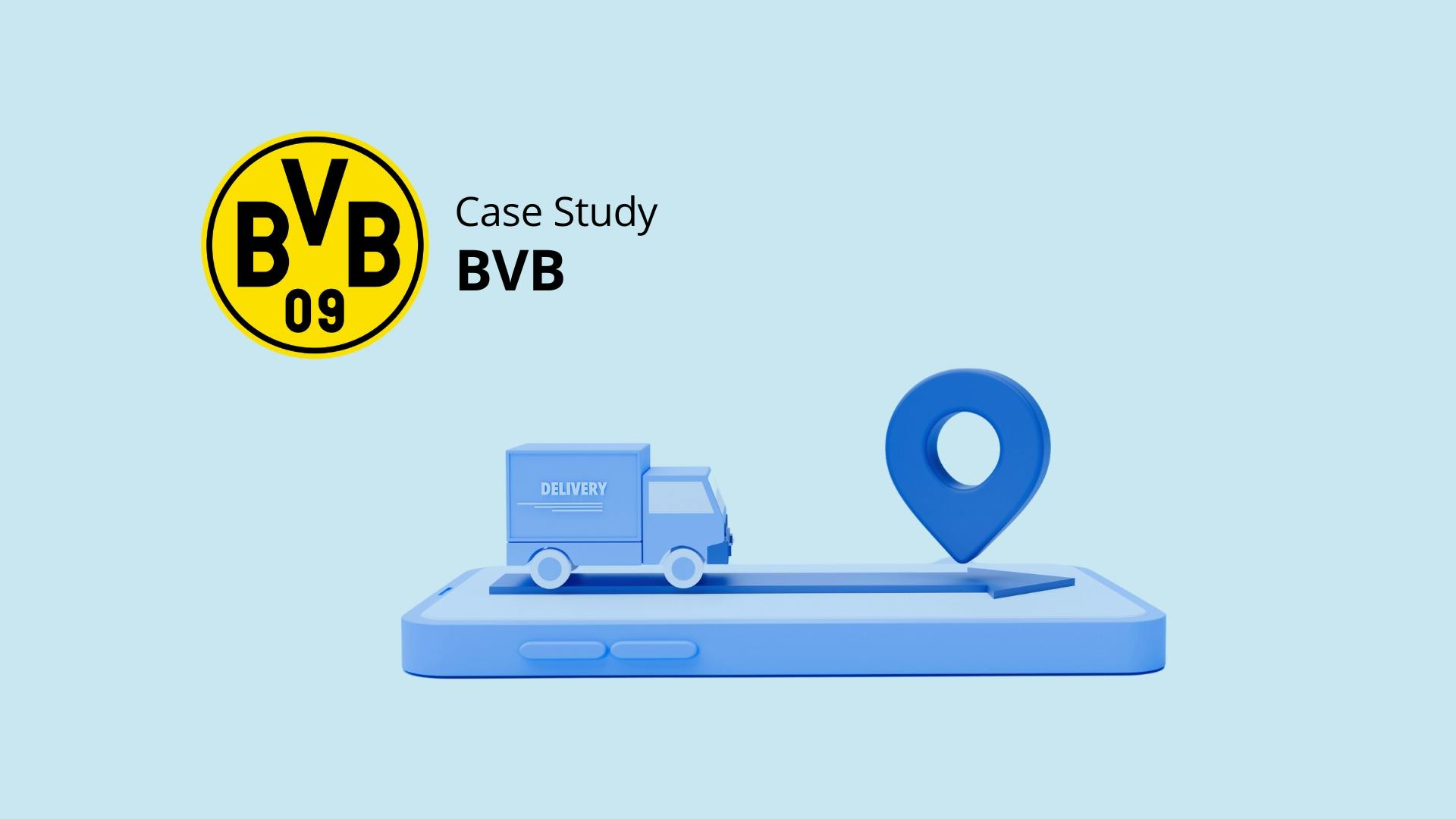GLS Spain saves 15 minutes on every route

GLS Spain saves 15 minutes on every delivery tour
Tech is central to winning efficiencies in last mile delivery. Solutions include powerful new products for normalizing, geocoding, and verifying addresses. How does the software offer value? The GLS Spain case study is instructive. By implementing Better Places, the leading parcel and courier service provider was able to improve geocoding success rate by 7%, thereby saving 15 minutes of every delivery driver’s time each day. On an operational level, GLS Spain was able to eliminate expensive delays caused by drivers checking street names and addresses.
About GLS Spain
Before we learn about the collaboration, let’s take a second to discover a little more about GLS Spain.
The GLS Group is an international parcel and express courier shipment company. In 2021/22 250,000 customers used GLS as the firm transported 870 million parcels across 40 countries. As part of the southern Europe network, GLS Spain has 41 hubs and 570 agencies which means the company is close to customers throughout the territory.
In short, GLS Spain is a market-leading organization that oversees a very large and highly complex network of drivers. That’s why it’s a good test case to learn about the benefits Bettermile wins for companies with its Better Places product.

Why did GLS Spain decide to use Better Places?
The firm had to deal with inefficiencies and operational delays because of the quality of the delivery addresses their drivers were using.
The company didn’t have a dedicated tool to confirm addresses. They were left with imperfect results from Google’s geocoding service that created a time-consuming process in which data had to be verified manually by drivers before delivery tours could start.
Such was the difficulty that GLS Spain considered building their own in-house address verification software. But, after getting the results back from some tests with Bettermile, they discovered this wasn’t necessary.
How did GLS Spain implement Better Places?
GLS Spain uses the Better Places software to normalize address data and aggregate geolocation information. Through the API, GLS Spain can bring together data from multiple geocoding providers such as Google, Open Street Map, HERE Maps, EIRe Codes, and what3words.
What was the timetable for implementation?
Phase one - Geocoding API testing and adjustment: one week to complete
Test: GLS Spain checks Better Places API geocoding. The results are positive: on average there is an 8% improvement in geocoding results and a 23% improvement in address quality. For example, in Barcelona, the Google success rate is 91% while the Better Places rate is 98%.
Rechannel: GLS Spain diverts geocoding requests to Bettermile’s API instead of Google.
Adjust: Technicians make changes to geocoding results in the internal system, making sure operations run as smoothly as possible.

Phase two - Full-scale rollout: one month to complete
Full-scale rollout: GLS Spain uses Bettermile for all parcels delivered in Spain.
Analysis: GLS Spain and Bettermile analyze results from each Spanish territory.
Address normalization fine-tuning: Better Places adapts customer address information for better processing. At first, the Better Places software isn't able to correct all the addresses. The team investigates the issue and finds a bug in the data feed. Once this is corrected the normalization score jumps from 19% to 77%.
92% average geocoding success rate: Once technicians make final optimizations to the address normalization system, GLS Spain obtains an ultra-high completion score.
Save time. Simplify the driver experience.
The results of Better Places address correction service are notable. Before GLS Spain came to Bettermile 31% of addresses needed to be checked by drivers. Now the figure is 6%.
In the past at GLS Spain delivery drivers would get a notification in their delivery app asking them to manually correct addresses. With the help of Better Places drivers no longer need to use this pre-drive manual input feature.
Because of the flexibility of the API, even when Better Places doesn’t return rooftop coordinates it can still give a delivery location range of a few meters. This means that addresses no longer need to be sent to drivers for correction in the morning. Any unresolved address issues can be dealt with while on tour.
Thanks to Better Places, GLS Spain could improve its operations saving 12–15 minutes per driver per day, and offer teams an improved experience. With the support of new tech, drivers spend less time fiddling with addresses and more time out on the open road delivering parcels.
Better Places
Take your last-mile delivery performance to the next level thanks to high-quality address data and advanced geocoding with the Places API.
Say hello to clean, high-quality address data.
Delivery addresses can contain all sorts of errors: illegible special characters, missing house numbers, incorrect postal codes. Drivers spend precious time searching for the right street name or number – and returns to sender increase costs.
But now there’s help: Better Places helps you conquer address chaos. It cleans, normalizes, verifies and validates addresses. Based on that data, our unique address processing and geocoding API delivers high-quality coordinates, so even new drivers find destinations the first time around.


